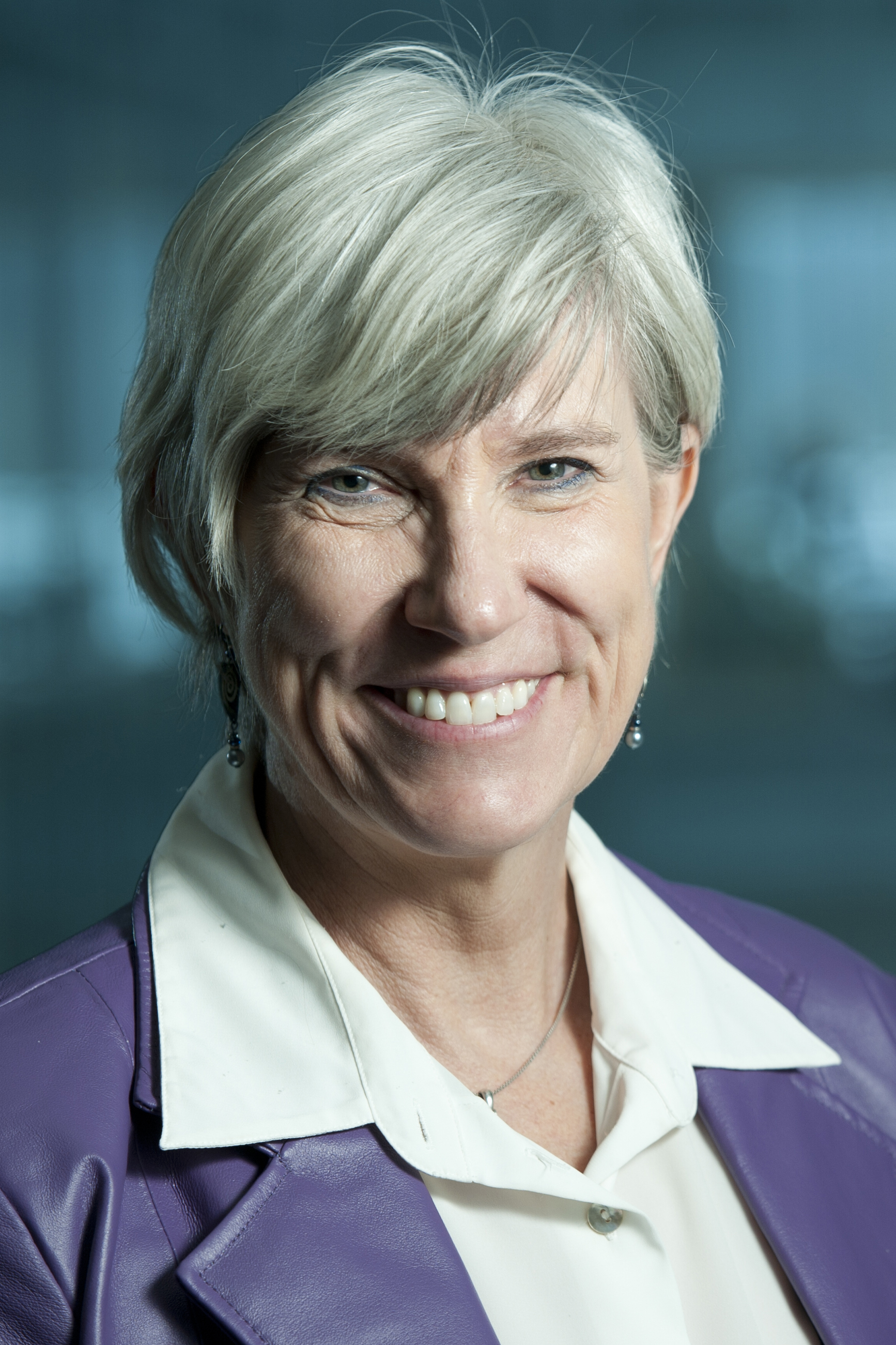MSU water scientist chairing international task force examining wastewater for community infection of novel coronavirus
Joan Rose, the Homer Nowlin Chair in Water Research at MSU, is leading the International Water Association Covid-19 Task Force's efforts to enhance water supply safety.

Michigan State University (MSU) water expert Joan Rose is leading efforts to collaborate with scientists worldwide to monitor for the presence of the novel coronavirus in sewage.
The most common symptoms of the virus are cough, fever and fatigue. In more severe cases, these early indicators can be associated with shortness of breath and chest pain.
But a study conducted in Wuhan, China, published in The American Journal of Gastroenterology reveals that in about 30% of cases, the first sign of infection is gastrointestinal distress — particularly diarrhea. In some instances, there are no respiratory symptoms at all.
Shortly after the outbreak began in early January, Rose — the Homer Nowlin Chair in Water Research at MSU and one of the world’s foremost experts on drinking water and wastewater treatment — contacted colleagues in China and neighboring Asian countries where the virus was spreading. She said it became clear, based on those conversations, that water quality and sanitation were topics of great concern.
Rose has been appointed chair of the Covid-19 Task Force for the International Water Association (IWA). The group has been tasked with learning more about the public health consequences of the novel coronavirus in the water system. Little is known about the virus in wastewater, inhibiting the ability to assess risk or understand potential environmental exposure routes.
Some of the issues being explored by the task force are monitoring wastewater as a measure of the virus in communities, inactivating the virus during wastewater treatment, assessing the risk to workers and proactively communicating with the public about water safety. As more is discovered, the group will be authoring white papers and fact sheets for governments and public utilities, as well as hosting webinars to answer questions on best practices.
“The IWA task force is a wonderful group of both early career and experienced scientists,” Rose said. “The team has a strong background in virology, and I’m confident that we’ll be able to make a lot of progress in the coming weeks and months.”
Even if you’re asymptomatic, you excrete the virus. By testing sewage, we can get a much more reliable sense of the disease’s prevalence. Joan Rose, Homer Nowlin Chair in Water Research at MSU
Testing individuals for the novel coronavirus has been a source of contention in many of the hardest-hit areas. Additionally, health professionals have stressed that only those exhibiting symptoms should be tested. Even if testing was administered at the desired level, Rose said, it may not paint a true picture of the disease. In her experience, a good indicator of the presence of a virus in communities often lies in wastewater.
“Testing everyone isn’t feasible, so you can’t possibly know how much disease is present in a given area,” she said. “That means we’re making extrapolations based on a small sample size. The problem is that we’ve all heard about asymptomatic carriers, so those people wouldn’t be tested anyway. That’s where wastewater comes in. Even if you’re asymptomatic, you excrete the virus. By testing sewage, we can get a much more reliable sense of the disease’s prevalence.”
Partnering with public utilities, health departments and state agencies, Rose and her team are using a highly sophisticated method to spot novel coronavirus in sewage samples. The initial samples come from two of the most affected areas of the U.S., southeast Michigan and New Orleans.
While many MSU projects are on hiatus, Rose was granted permission to conduct essential research. Matthew Flood, a research assistant in her lab, is the lead scientist analyzing samples with a system called digital droplet polymerase chain reaction. The technique allows researchers to detect and quantify the virus isolated from small amounts of wastewater.
“We’re looking at the concentration of the virus in wastewater, which gives you a sense of community-level infection,” Flood said. “We have colleagues doing this around the country and have already seen promising results detecting the virus at varying concentrations in communities with a growing number of cases.”
Collaborating on sample analysis is Tiong Aw, an environmental virologist and assistant professor in the Department of Environmental Health Sciences at Tulane University in New Orleans. Aw was previously a postdoctoral researcher at MSU.
He has worked to establish sample collection protocols in New Orleans and neighboring Jefferson Parish, where most of Louisiana’s novel coronavirus cases are clustered. Hospital and municipal sewage are being examined to monitor circulation of the virus in the community, in addition to the development of risk assessment tools for sanitation workers.
“We believe that environmental surveillance could detect silent circulation not yet seen by testing of people with or without symptoms,” Aw said. “This can serve as early warning of the emergence and possible re-emergence of the virus.”
Researchers stressed that when the spread of novel coronavirus begins to slow, it doesn’t mean it will be gone for good. Other coronaviruses have shown seasonality. Systems must be established to stay vigilant and prevent a potential return.
Clean water and sanitation is one of 17 United Nations Sustainable Development Goals approved in 2015 by member states to ensure a prosperous future for all. A plan was set forth to reach the objectives by 2030, but the novel coronavirus pandemic has made this even more urgent.
“This situation has only accelerated the need for all people to have access to clean drinking water and proper wastewater treatment,” Rose said. “This is a crucial public health issue, and it requires scientists from interdisciplinary fields to come together with governments and public utilities. Our future really depends on it.”



 Print
Print Email
Email




